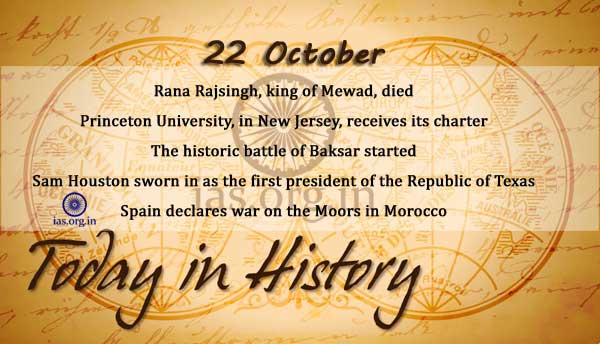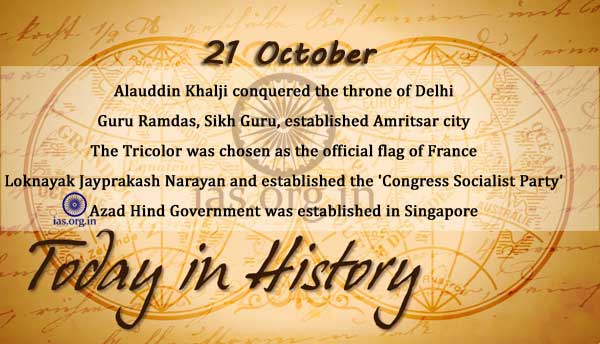Table of Contents
- Introduction
- Background and Motivation
- Problem Statement
- Classical vs Quantum Complexity
- The Deutsch-Jozsa Oracle
- Structure of the Algorithm
- Input and Output Qubits
- Initial State Preparation
- Applying Hadamard Transform
- Oracle Application in Superposition
- Final Hadamard Transform
- Measurement and Interpretation
- Example with n = 2
- Balanced and Constant Case Outcomes
- Algebraic Understanding
- Matrix Formalism
- Visualizing the Circuit
- Geometric Interpretation
- Quantum Speedup Explained
- Generalization to Arbitrary n
- Relevance in Quantum Complexity Theory
- Qiskit Implementation Example
- Limitations and Practical Use
- Educational Significance
- Conclusion
1. Introduction
The Deutsch-Jozsa Algorithm was one of the first quantum algorithms to demonstrate an exponential speedup over classical approaches. It builds on the concepts of superposition, quantum parallelism, and interference.
2. Background and Motivation
The Deutsch-Jozsa problem generalizes the original Deutsch problem from 1-bit functions to \( n \)-bit input functions. It provides a clear and early example of how quantum computing can outperform classical computing in query complexity.
3. Problem Statement
Given a function \( f: \{0,1\}^n \rightarrow \{0,1\} \) that is:
- Constant: \( f(x) \) is the same for all \( x \)
- Balanced: \( f(x) = 0 \) for exactly half of inputs, and \( f(x) = 1 \) for the other half
Determine which case it is using only one call to the oracle.
4. Classical vs Quantum Complexity
- Classical (deterministic): Requires up to \( 2^{n-1} + 1 \) evaluations in the worst case.
- Quantum: Solves the problem with just one oracle call.
5. The Deutsch-Jozsa Oracle
The oracle is a black-box unitary operation:
\[
U_f |x\rangle|y\rangle = |x\rangle|y \oplus f(x)\rangle
\]
It flips the output qubit conditioned on \( f(x) \).
6. Structure of the Algorithm
Steps:
- Initialize \( n \) input qubits in \( |0\rangle \) and 1 output qubit in \( |1\rangle \)
- Apply Hadamard to all qubits
- Apply oracle \( U_f \)
- Apply Hadamard to input qubits again
- Measure the input qubits
7. Input and Output Qubits
- Input register: \( n \) qubits \( |0\rangle^{\otimes n} \)
- Output register: 1 qubit \( |1\rangle \)
Initial state:
\[
|\psi_0\rangle = |0\rangle^{\otimes n} \otimes |1\rangle
\]
8. Initial State Preparation
Apply Hadamard gates:
\[
H^{\otimes n} |0\rangle^{\otimes n} = \frac{1}{\sqrt{2^n}} \sum_{x=0}^{2^n – 1} |x\rangle
\]
\[
H |1\rangle = \frac{1}{\sqrt{2}}(|0\rangle – |1\rangle)
\]
Resulting state:
\[
|\psi_1\rangle = \frac{1}{\sqrt{2^{n+1}}} \sum_x |x\rangle (|0\rangle – |1\rangle)
\]
9. Applying Hadamard Transform
The Hadamard transform spreads the amplitudes equally, allowing the oracle to encode \( f(x) \) as a phase:
\[
U_f |x\rangle (|0\rangle – |1\rangle) = (-1)^{f(x)} |x\rangle (|0\rangle – |1\rangle)
\]
10. Oracle Application in Superposition
This results in:
\[
|\psi_2\rangle = \frac{1}{\sqrt{2^{n+1}}} \sum_x (-1)^{f(x)} |x\rangle (|0\rangle – |1\rangle)
\]
Note: The output qubit is now separable and unentangled.
11. Final Hadamard Transform
Apply Hadamard gates to the input register:
\[
H^{\otimes n} \sum_x (-1)^{f(x)} |x\rangle = \sum_z \left[ \frac{1}{2^n} \sum_x (-1)^{f(x) + x \cdot z} \right] |z\rangle
\]
The amplitude for \( |0\rangle^{\otimes n} \) is:
\[
\frac{1}{2^n} \sum_x (-1)^{f(x)}
\]
12. Measurement and Interpretation
Measure the input qubits:
- If output is \( |0\rangle^{\otimes n} \): function is constant
- Else: function is balanced
13. Example with n = 2
Constant case:
\[
f(00) = f(01) = f(10) = f(11) = 0 \Rightarrow \text{Measurement result: } 00
\]
Balanced case:
\[
f(00) = f(01) = 0, \quad f(10) = f(11) = 1 \Rightarrow \text{Output: Not } 00
\]
14. Balanced and Constant Case Outcomes
- Constant: All terms interfere constructively at \( |0\rangle^{\otimes n} \)
- Balanced: Destructive interference makes amplitude zero at \( |0\rangle^{\otimes n} \)
15. Algebraic Understanding
If \( f \) is constant:
\[
\sum_x (-1)^{f(x)} = \pm 2^n
\]
If balanced:
\[
\sum_x (-1)^{f(x)} = 0
\]
16. Matrix Formalism
Each Hadamard, oracle, and measurement can be modeled with matrix multiplication. Though exact matrices grow large with \( n \), simulation is feasible for small systems.
17. Visualizing the Circuit
q_0: ──H──────■──────H────M──
│
q_1: ──H──────X──────────────
Generalized to \( n \) qubits with multiple H, control lines, and measurements.
18. Geometric Interpretation
Hadamards map state to equator of Bloch sphere. Oracle flips phase. Final Hadamards recombine amplitudes. If constructive at \( |0\rangle^{\otimes n} \), then constant; otherwise, not.
19. Quantum Speedup Explained
Classical: \( \mathcal{O}(2^{n-1} + 1) \) queries
Quantum: 1 query suffices
This is an exponential speedup in query complexity.
20. Generalization to Arbitrary n
Deutsch-Jozsa scales to any number of qubits. It is exact — no probabilistic error — and is one of the few quantum algorithms with provable exponential advantage.
21. Relevance in Quantum Complexity Theory
It demonstrates separation between BPP (bounded-error classical) and EQP (exact quantum). While not practical, it’s theoretically significant.
22. Qiskit Implementation Example
from qiskit import QuantumCircuit, Aer, execute
n = 2
qc = QuantumCircuit(n + 1, n)
qc.x(n)
qc.h(range(n + 1))
qc.cz(0, n) # Oracle example
qc.cz(1, n) # Balanced function
qc.h(range(n))
qc.measure(range(n), range(n))
backend = Aer.get_backend('qasm_simulator')
result = execute(qc, backend, shots=1024).result()
counts = result.get_counts()
print(counts)
23. Limitations and Practical Use
- Oracle must be promised to be either constant or balanced
- Problem is artificial; not commonly encountered in real-world applications
24. Educational Significance
Ideal for teaching:
- Quantum interference
- Quantum parallelism
- Query complexity
- Circuit design and oracle structure
25. Conclusion
The Deutsch-Jozsa Algorithm exemplifies the unique capabilities of quantum computing. Though not useful for practical problems, it plays a foundational role in understanding how quantum systems outperform classical counterparts in certain scenarios. It’s a perfect introduction to the power of quantum algorithms.
.




